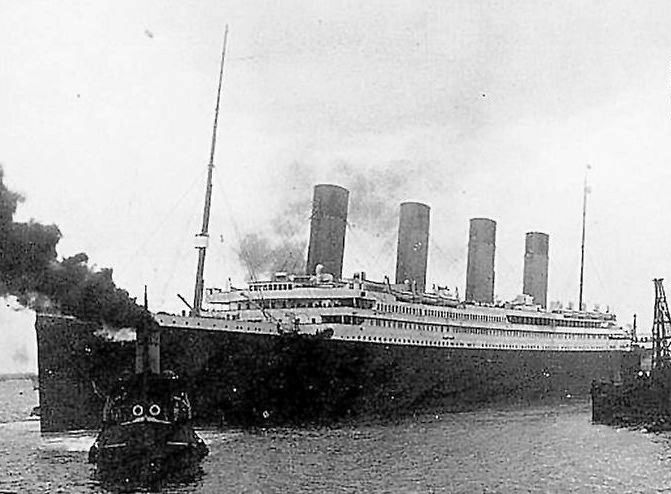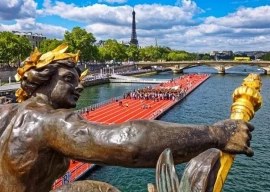
While the sinking of the Titanic has been famously attributed to a collision with an iceberg in the North Atlantic, new evidence suggests otherwise.
According to a documentary aired on Channel 4, the Titanic could have capsized due to an unnoticed fire in a three-storey high fuel store behind a boiler room.
Senan Molony, a journalist who has been researching the sinking of the ship for 30 years, made a comparative analysis of the ship’s photographs. “We are looking at the exact area where the iceberg stuck, and we appear to have a weakness or damage to the hull in that specific place, before she even left Belfast,” he said.
Titanic replica to set sail in 2018
The theory has previously been acknowledged by experts but the possibility of it being the primary reason behind the ship wreck is only now being confirmed.
Experts said a team of 12 men attempted to contain the fire but due to its temperature rising up to 1,000 degrees Celsius, it weakened the ship’s steel hull enough for the iceberg to wreak extreme damage.
In his documentary, Titanic: the New Evidence, Molony claimed the ship had been reversed into its berth in Southampton to conceal the damage from those on board. “The fire was known about, but it was played down. She should never have been put to sea,” he said.
 PHOTO: REUTERS
PHOTO: REUTERSHe termed the sinking of the Titanic “an act of God”. “It’s a perfect storm of extraordinary factors coming together: fire, ice and criminal negligence,” Molony said. “Nobody has investigated these marks before. It totally changes the narrative. We have metallurgy experts telling us that when you get that level of temperature against steel it makes it brittle, and reduces its strength by up to 75 per cent,” he said.
Another expert who studied the Titanic’s journey for 20 years, Ray Boston, believes the fire started during speed trials prior to the ship leaving Southampton.
For a better tomorrow: NatGeo acquires climate change film from Leonardo DiCaprio
An official inquiry presented before Parliament in 1912 said the ship had been travelling at high speed through perilous icy waters, leaving little room for disaster to be averted.
This article originally appeared on The Independent.













































COMMENTS (1)
Comments are moderated and generally will be posted if they are on-topic and not abusive.
For more information, please see our Comments FAQ